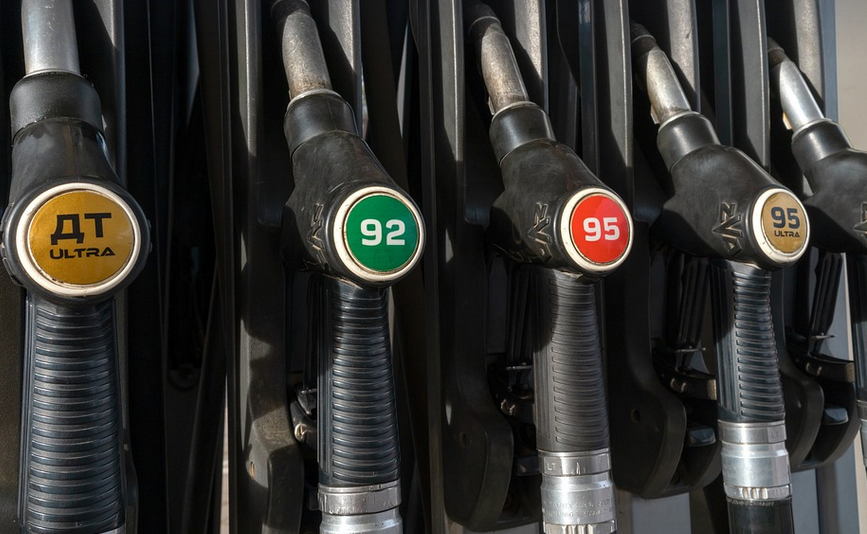A Guide for Newbie Campers
So, you’ve got the wheels turning and a wanderlust in your soul. You’re ready to hit the road in your very own travel trailer, soaking up the sunrises and sunsets across the country! But before you head out on your first adventure, there’s one crucial piece of the puzzle you’ll want to get right: how to hitch up your trailer properly.
Now, I know what you might be thinking: “Hitching? Isn’t that a complicated process?” Well, fear not! It’s easier than it seems. A bit like learning any new skill – patience, practice, and the right resources can make all the difference. Ready to unlock the secrets of trailer hitching?
First things first: safety is paramount. Before you even touch that hitch ball, double-check your equipment. Make sure your trailer’s lights are working, your brakes are in top condition, and your hitch has no rust or damage. It’s a smart move to get comfortable with the basics before jumping into anything more complex.
Now, let’s delve deeper into the world of trailer hitches. There’s usually two main types: ball hitches and weight-distributing hitches. Ball hitches are the most common, especially for smaller trailers, and they consist of a ball that connects to a hitch receiver on your vehicle. These hitches are easy to use and generally more affordable than weight-distributing hitches.
Weight-distributing hitches, however, offer an advantage for larger, heavier trailers, as they distribute the load more evenly across your towing vehicle. This helps to prevent strain on the axles, suspension, and even steering. For large trailers, especially those with a high tongue weight or empty trailer tanks, a weight distribution hitch is essential for safe towing.
Once you’ve chosen your hitch type, it’s time to learn how to connect your trailer to your vehicle. First, you need to be clear about the trailer’s hitch ball size and your vehicle’s receiver height. You can find this information in your owner’s manual or on the side of the hitch itself! The key is ensuring a secure fit without any unwanted movement.
Now comes the fun part: lowering the trailer onto the hitch ball. It’s all about smooth, controlled movements. Start by engaging the parking brake on both your vehicle and your trailer, to ensure safety during this process. Once you’ve placed the hitch ball underneath the trailer’s tongue, carefully lower the trailer down until it sits perfectly at rest.
Next comes securing the hitch ball with a coupler pin or lock. This is where things get secure. Make sure you use a pin that fits snugly and can’t easily be pulled out! A proper hitch pin or a locking mechanism will keep your trailer from jolting away while travelling!
Once everything is hooked up, take some time to double-check the connection. This includes making sure all your lights are functioning correctly and that there are no loose connections. Your safety depends on it! Before you hit the road completely, be sure to test out the brakes to confirm they’re working as expected.
Now you’ve officially mastered the art of trailer hitch-up! The world awaits your travel dreams, and this skill will surely help you navigate every adventure that comes your way. But remember, always prioritize safety and practice makes perfect. You never know when a handy tip from an experienced camper could save the day!
